| Product Reviews
Man, when we chose to put a set of High-Tec Retreading's mud terrain retreads on Jp Magazine's Project Hatari! CJ-6, we had no idea it would create such a firestorm of interest. If you build it they will come. If you build it inexpensive, they will come in droves. Or so it seems.
First, to continue the testing we had to call up Collins Bros. Jeep for a set of decent stock Jeep rims. The original CJ-6 rims had wallowed lug holes and were in danger of pulling the lug nuts right through the centers. Collins Bros. selected five good wheels, sandblasted them, and shipped them to us. We sprayed them with some Rustoleum Almond paint and had our retreads remounted.
The Tires
When you only spend about $50 for one tire, you really can't expect too much. However, I've found the High-Tec retreading tires to be of really good quality. Much of this may be based on the BFG AT carcass they're built on, but the recap seems to be vulcanized to the carcass efficiently. You can see where the cap ends on the sidewall and you can peel it back ever so slightly with your fingernail, but the gap is the same as when the tires were delivered and hasn't grown.
It's relatively rough to gauge street characteristics from an early CJ with stock springs, no swaybar, and no top, but the tires seem to ride quite smoothly on the road. They don't flat-spot, the tread isn't coming off, and there's just a faint hum audible over the sound of the exhaust and the rush of the wind. Hard cornering and panic stopping really can't be tested in this vehicle because attempting either would almost certainly lead to disaster. But the tire tread is relatively soft, and we have to believe that when pushed they would grip well. The tires have only logged about 3,500 to 4,000 street miles, but they're wearing evenly. It looks like you could get at least 25,000 miles out of a set before the tread was worn down.
Off-road, the exceptionally soft tread blocks are a real boon for traction. On the hard, slick granite surfaces of the Rubicon with the tires at 10 psi, the tires gripped and clawed right up there with the big-name brands. We wouldn't call their performance in rock exceptional, but it also wasn't at the back of the pack. They were nicely middle-of-the-road. What little mud we were able to find was handled, but not extremely well. The tires chew and work, but they don't self-clean very efficiently.
The tires seem to be most at home in the alluvial terrain of the desert southwest. The tread reminds us a little of the knobby tires from an '80s BMX bike, and in mildly packed dirt they really shine. Even though High-Tec calls them a mud tire, we consider the tread design more of a bastardized all terrain, so it's little wonder they grip and claw without digging. This helps the vehicle stay on top of the terrain and continue motoring up the obstacle.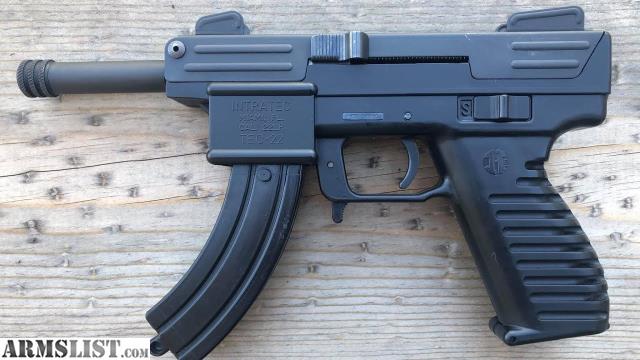
Bottom Line
While we'd consider their looks pretty ugly on a newer Jeep, we think the tread design fits perfectly for a resto-mod wheeler. It's sort of an old school knobby-meets-NDT look. In truth, we were surprised to find so much performance in such an affordable package. The best part about the tires is the price. If you tear one up, you just buy another and motor on.
Returns will only be accepted with a return authorization number.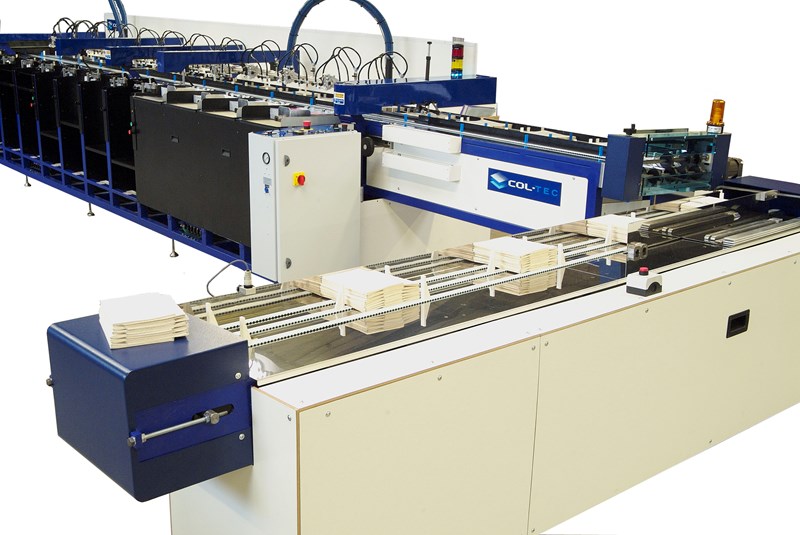 To obtain an authorization number, please contact Customer Service at (713) 487-4661. The customer is responsible for all shipping and handling charges on returned tires. Tires that have been mounted and driven are not eligible for return. Returns are only accepted within 30 days from the date of purchase.
To obtain an authorization number, please contact Customer Service at (713) 487-4661. The customer is responsible for all shipping and handling charges on returned tires. Tires that have been mounted and driven are not eligible for return. Returns are only accepted within 30 days from the date of purchase.
All of our tires come with a 1-Year workmanship Warranty. Please click HERE to see our Limited Warranty.
Optional No Hassle Road Hazard Warranty - The option to purchase a No Hassle Road Hazard Warranty - More Information Here
The B2B is one of our new, 100% Branded, TreadWright Tires meaning that it is what we call a "Bead-to-Bead" tire. This means that when we make the remolded tire we remove the existing rubber down to about 3-6mm remaining on the recycled casing. The rubber is removed from the inside bead, across the sidewall of the tire, across the tread of the tire, all the way to the outer bead. We then replace the rubber from "Bead-to-Bead" applying 6mil rubber on the sidewalls and multiple plys of rubber on the tread. When the tire is remolded, not only does it press a new tread but, it also re-brands the sidewalls with TreadWright. This provides a new finished look as well as increased sidewall strength. A non-B2B is a tire that is a "tread only" remold and the sidewalls will still show the original casing's manufacturer. If you purchase a non-B2B tire we will match the casing manufacturer so that you have the same brands for your set of tires. For full manufacturing process - Visit Here
When the tire is remolded, not only does it press a new tread but, it also re-brands the sidewalls with TreadWright. This provides a new finished look as well as increased sidewall strength. A non-B2B is a tire that is a "tread only" remold and the sidewalls will still show the original casing's manufacturer. If you purchase a non-B2B tire we will match the casing manufacturer so that you have the same brands for your set of tires. For full manufacturing process - Visit Here
We use commercial grade rubber compounds on all of our tires. This compound has approximately 30% natural rubber, leading to higher mileage and better wear characteristics. Our rubber is rated at 40K miles for AT tires. Mud terrain tires will wear faster than all-terrain tires due to the open nature of the tread design.
Yes, in fact, a vast majority of the farm and ranch community who purchase our tires tow on a regular basis. The important thing to remember when towing with any tire is to make sure your air pressure is adjusted properly for the load capacity you are towing.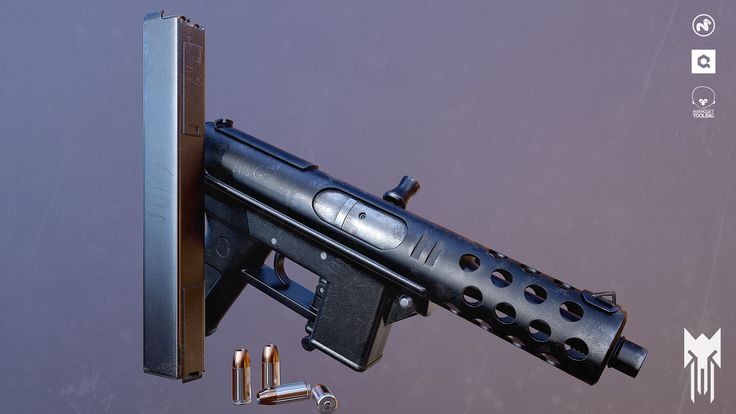 The number one cause of the tire failures that you see on the highway (both new and remolded) is under-inflation and overloading. Always follow the tire pressure suggested by your vehicle manufacturer and the recommended air pressure on the tire for the load you are carrying.
The number one cause of the tire failures that you see on the highway (both new and remolded) is under-inflation and overloading. Always follow the tire pressure suggested by your vehicle manufacturer and the recommended air pressure on the tire for the load you are carrying.
The letter is the load rating (load carrying capacity) of the tire. When purchasing tires it is important to choose tires with a load rating equal to (or greater than) the load rating of your original tires, or verify that they are sufficient for the weight of your vehicle.
Kedge Grip provides additional traction in slippery conditions. Kedge Grip is a traction additive that we blend into the rubber compound. Kedge Grip consists of a crushed walnut shell and crushed glass particles that work in a two-fold manner. As the tire wears down, the walnut shell is designed to displace from the rubber leaving a small (1mm) pit or void that provides additional traction edges (micro-siping). The crushed glass is designed to stay in place longer providing additional grit and grip on the surface of the tread. With the additional open area on the tread, the tire will wear about 5% to 10% faster than a tire without Kedge Grip, but this is the trade-off for better winter traction.
With the additional open area on the tread, the tire will wear about 5% to 10% faster than a tire without Kedge Grip, but this is the trade-off for better winter traction.
This a fairly common situation on some trucks especially if you have never had aggressive All-Terrain of Mud-Terrain tires before. It is called Tread Walking and is caused by the open valley areas between the tread blocks and tread depth. The tread is essentially flexing with the road causing a floating feel. The first thing to do is make sure that the tires are inflated to the proper PSI for your vehicle that is listed on the label on the inside of your driver's side door. This is your starting point. DO NOT inflate the tires to the max PSI on the tire. Once you have the tires inflated to the manufacturer's suggested PSI, drive the vehicle to see if you still notice the tread walking. If you do, try adjusting your air pressures up 5lbs -or- down 5lbs, each vehicle will react differently. Once you have them adjusted and comfortable the tires will go through several heat cycles and the tread walking tends to diminish over time. Remember if you are towing a trailer you will also have to adjust your air pressures for the additional weight.
Remember if you are towing a trailer you will also have to adjust your air pressures for the additional weight.
Due to the cost of shipping, it is not cost effective to ship your tires, have them remolded, and then shipped back.
Airing the tires down will void any warranty, however, 4 Wheels and a Motor tested our 31x10.50R15 aired down without any problems and many of our customers do this without any problems. The tires will perform like a new tire.
You should be following the vehicle manufacturer's recommended tire pressure for your vehicle as shown on the vehicle (typically on the driver's side door frame). If you will be carrying a heavy load you may use the maximum PSI recommended on the sidewall of the tire. NEVER exceed the maximum PSI as shown on the sidewall of the tire.
Temperature: Air pressure is affected by temperature, typically 1 lb. PSI for every 10 degrees Fahrenheit. This means that a tire inflated at 35 PSI at 80 degrees Fahrenheit in July could lose 6 PSI in December at 20 degrees. It is recommended to check your tire pressure a minimum of once a month and it is good to check the air pressure every time you fuel the vehicle.
It is recommended to check your tire pressure a minimum of once a month and it is good to check the air pressure every time you fuel the vehicle.
Pressure Loss: Tires are carefully designed to contain air but over time some air leaks through the tire itself, the valve core and rim. Typical leakage can be about 1 PSI per month. In the event your tire is damaged, tires and wheels may have more leakage. Therefore, air pressure should be checked as often as possible. Check the cold inflation pressures in all your tires, including the spare, at least once a month.
Inflation: DRIVING ON ANY TIRE THAT DOES NOT HAVE THE CORRECT INFLATION PRESSURE IS DANGEROUS. Any under-inflated tire builds up excessive heat that may result in sudden tire failure. Underinflation can cause many tire related problems. Under inflation results in an overloaded tire resulting in decreased fuel economy, sluggish handling, and excessive shoulder wear, and also causes heat buildup which can result in catastrophic tire failure! Therefore, use a reliable air gauge to check tire pressure.
In looking at light truck tires for the on/off-road market, tire companies, in general, do not offer a balancing warranty with their tires (BFG, Toyo, Nitto, or any other manufacturer). At TreadWright we pre-static balance all our light truck tires (the 19.5" rim diameter sizes are excluded from this) less than 4oz here at the factory prior to the remolding process. In this way, we work to ensure the best balance possible using the Static setting when the tires are mounted and balanced for your vehicle. Each tire/wheel combination will balance differently so at times they may take between 1oz and 8oz to balance at installation.
Unbalanced tires can lead to uneven wear, vibration, and potentially unsafe driving conditions. Treadwright Tires recommends you have your wheels balanced every 3,000 - 6,000 miles. We recommend static balancing. Due to our aggressive lugs and that we static balance our tires during production, static balancing is the best option. Click here for more information on static balancing.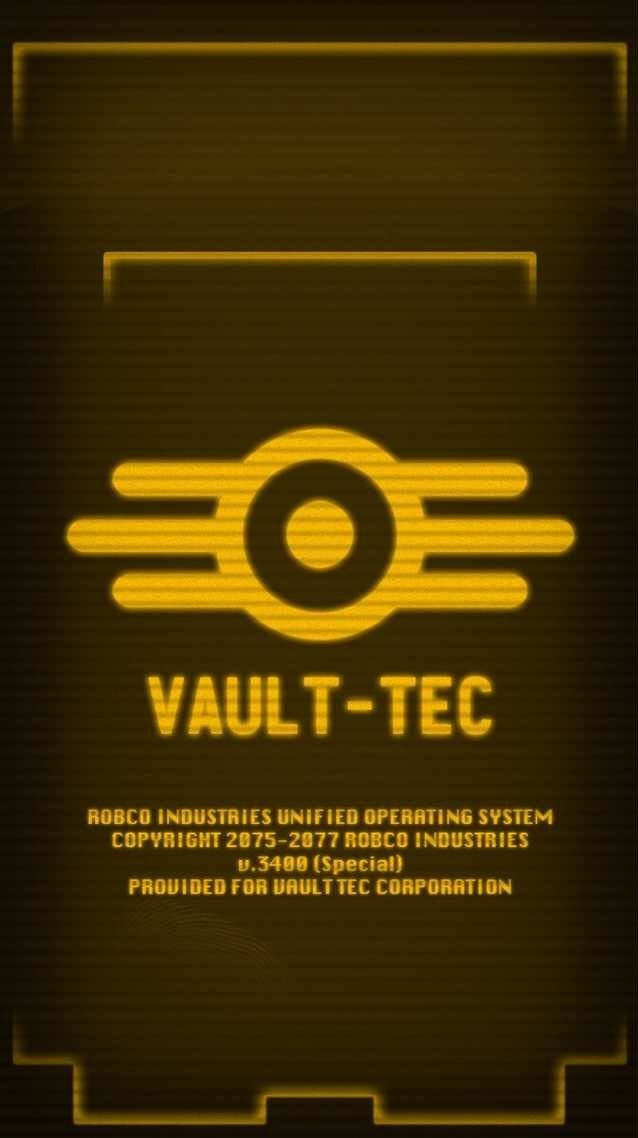
During the remold process, our technicians inspect all the tires with our state of the art NDT (Non-Destructive Testing) machines to try and find weak points in the casing. Once and a while our technicians will find casings that are deemed repairable. These casings are plugged and sealed with our with our Inc-Tech Patches. Once the patch is applied it will go through the normal manufacturing process. All patches go through the same mold curing process as the tread. The patches do not affect the integrity or weight of the tire. It must be noted that patches are commonly found in remolded and retreaded tires. If you would like to swap out a tire for one without a patch all restocking fees apply.
Shipping is done via FedEx Ground for the majority of our customers. Shipping times are not guaranteed but typically run 4-6 business days from the date of shipment. All deliveries are made without a required signature. You may call and place your order over the phone if you'd like your order to be Signature Required, however, additional fees will apply.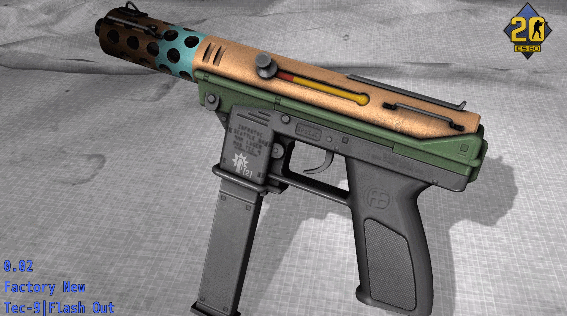 You will be emailed a shipping notification as well as tracking information from FedEx when your order has shipped. If the tires are in stock when you order them, it will typically take approximately 4-6 business days for delivery to most cities in the continental US. Please allow 3-7 days processing time before your order is able to be shipped.
You will be emailed a shipping notification as well as tracking information from FedEx when your order has shipped. If the tires are in stock when you order them, it will typically take approximately 4-6 business days for delivery to most cities in the continental US. Please allow 3-7 days processing time before your order is able to be shipped.
This is what is called "Flash". Flash is created when rubber extends past the buff line of the tire. On a Bead-2-Bead remolded tire the recycled casing is buffed from the edge of the bead line, across the inner sidewall, across the tread, and down the outer sidewall to the bead edge. The rubber inside the bead is not buffed or replaced and is the original rubber. Flash is the rubber that extends past the mold line and is unable to adhere to the non-buffed area. This is simply a cosmetic issue only and the excess rubber can be trimmed off with a razor blade.
With a remolded tire the recycled casing‘s rubber is “Buffed” or ground off of the tire to ensure proper bonding of the new rubber. This buff line extends part way down the shoulder or sidewall of the tire. When the new rubber is applied a thin veneer is applied to the edge of the “Buff Line.” This is simply a cosmetic issue common with Non-Bead-2-Bead tires. Sometimes with a tread only remold you will see some of the buff marks at the buff line on the recycled casing or you have a little extra non-bonded rubber known as "Flash". The lifting of the Flash can sometimes occur appearing that the rubber is coming off but it is only a cosmetic thin layer of rubber pressed out from the mold. This is not a structural issue with the tire and is only cosmetic.
This buff line extends part way down the shoulder or sidewall of the tire. When the new rubber is applied a thin veneer is applied to the edge of the “Buff Line.” This is simply a cosmetic issue common with Non-Bead-2-Bead tires. Sometimes with a tread only remold you will see some of the buff marks at the buff line on the recycled casing or you have a little extra non-bonded rubber known as "Flash". The lifting of the Flash can sometimes occur appearing that the rubber is coming off but it is only a cosmetic thin layer of rubber pressed out from the mold. This is not a structural issue with the tire and is only cosmetic.
All of our tires start out as a used casing. Some of these casings do require repairs and/or patching to ensure a safe second life to the tire. We repair all tires in strict accordance with RMA recommended practices. If during the course of the life of the tires, you develop a nail hole or other repairable leak, TreadWright tires should be repaired like any other new tire using a plug/patch system, repairing the tire from the inside out.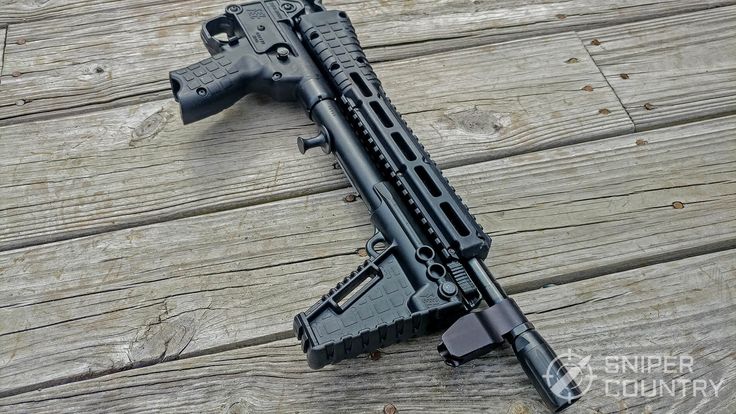
As noted by Motor, each of the following solutions can be considered a "rotten compromise" but the reality is that many drivers simply cannot afford high quality products. Especially for this rather significant part of motorists, experts tested various inexpensive options on the track to save money.
Option 1: Retreaded Tires
Tires of this type are available from small tire retreading companies, but are more commonly made in specialist tire recycling plants. On a special machine, worn tires are stripped of tread residues, after which they are placed in a vulcanizer, where a new welded rubber layer is obtained. The pattern of tread bands is often borrowed from older tire brands, but that's where the similarities between premium and cheap retreads end. Despite carcass control, retreaded tires can have completely unpredictable internal structure properties (for example, the sidewalls of the tires in the test had significantly different sidewall stiffness).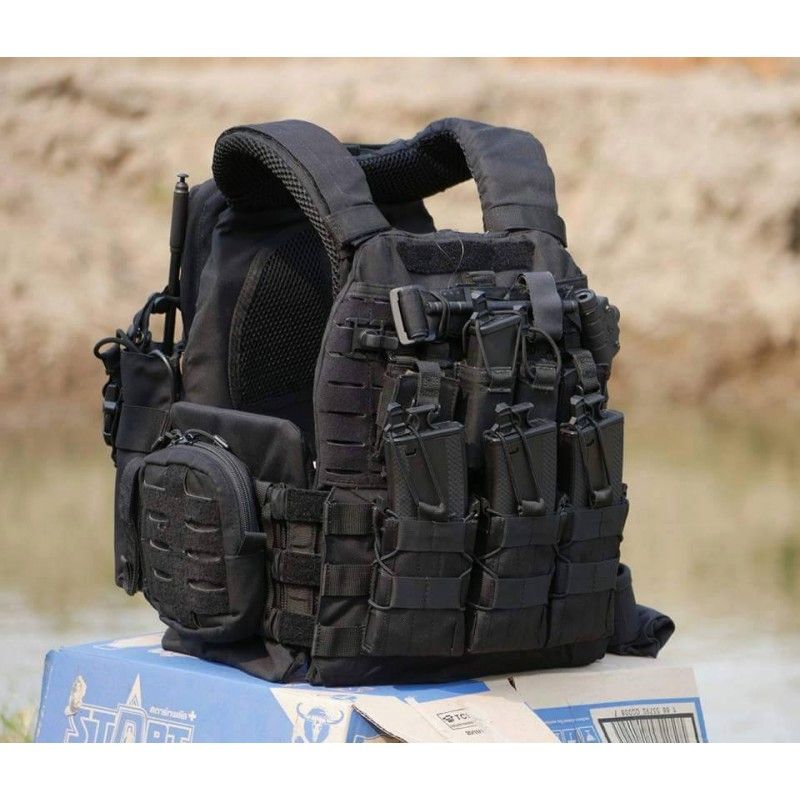 The rubber that treads are made of also has little to do with new tire compounds. Thus, retread tires cannot be expected to be comparable in performance to new products.
The rubber that treads are made of also has little to do with new tire compounds. Thus, retread tires cannot be expected to be comparable in performance to new products.
Option 2 Used tires
There are two problems with these tires. Firstly, their hardened old rubber impairs ride quality, and secondly, there is no way to know what happened to them before. At the same time, any cracks and other damage caused, for example, by hitting a pothole, can lead to a decrease in durability, and thus, buying "used" tires is always associated with high risks.
Option 3. Cheap new tires
The spread in the prices of Chinese tires can be up to several tens of percent, and among them there are both good and bad options, and this can not always be understood by cost. In general, their choice should be regarded as the "lesser evil".
Speaking of European manufacturers, today almost all of them can offer economy segment tires. The origin of such tires should guarantee the use of higher technologies, and, according to Motor experts, this option should be considered the most acceptable when choosing cheap rubber.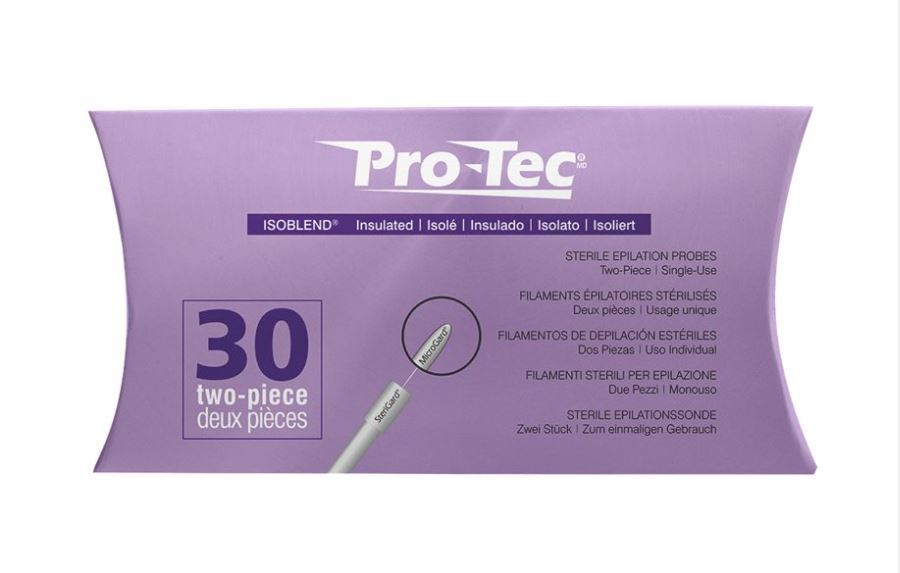 To check the correctness of their words, the Poles conducted another tire test, comparing tires of several categories.
To check the correctness of their words, the Poles conducted another tire test, comparing tires of several categories.
List of tires tested:
Retreaded tires
Used summer tires
Worn winter tires
Budget Asian tires
Budget European tires
TEST RESULTS
Wet braking
This is the most important parameter in terms of safety, and if it is easy enough to create tires with good braking properties, effective braking on wet surfaces can only be guaranteed using improved rubber compounds.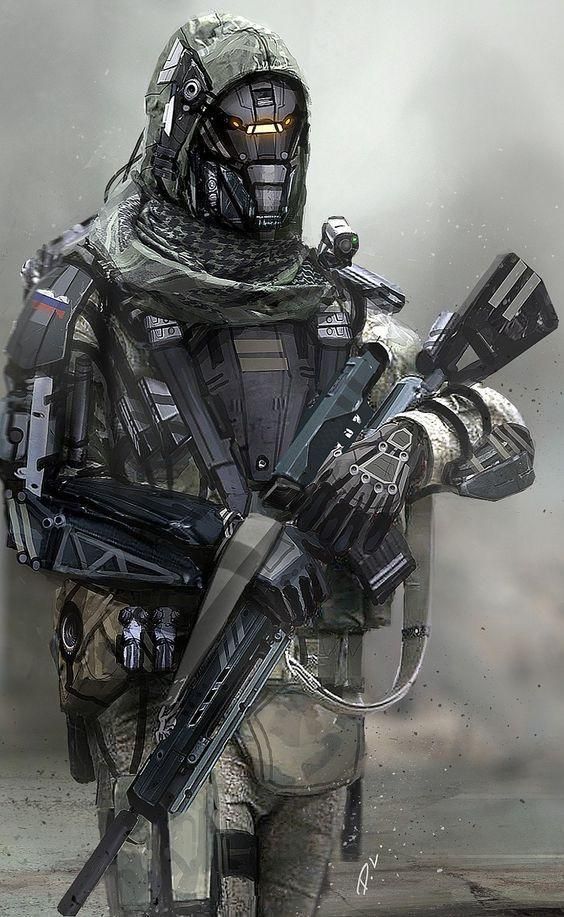
The best tires in the test were the budget tires of the European brand Barum, owned by the famous German company Continental. You can also see that new tires are much more efficient than even the most expensive used tires.
Wet braking
(Braking distance from 100 km/h, m)
Longitudinal hydroplaning resistance have winter tires with wider grooves.
Tests have shown that although Barum does not have exceptional hydroplaning resistance, this time they take first place, and retread tires, despite the large tread depth, do not live up to the level of new tires. Worn tires, for obvious reasons, performed the weakest. They just don't have deep enough grooves, and they don't do well in puddles.
Longitudinal hydroplaning resistance
(Loss of grip speed, km/h)
Lateral hydroplaning resistance
Better to handle hydroplaning in corners no matter what the origin will always be new tires. The results of retreaded tires are much worse, although they certainly outperform worn tires, which must be ridden with extra care.
The results of retreaded tires are much worse, although they certainly outperform worn tires, which must be ridden with extra care.
Lateral hydroplaning resistance
(Maximum lateral acceleration, m/s2)
Wet handling
First place again goes to Barum, and the rebuilt Profils are especially poor this time, performing even worse than worn tyres.
Wet handling
(lap time)
Dry braking A very large number of accidents occur on dry roads. Asian Nankang this time were able to slightly get ahead of Barum, and the last line was occupied by retreaded tires. Initially, you might expect them to outperform worn tyres, but the problem is that less high-tech processes were used in their manufacture.
Dry braking
(Braking distance from 100 km/h, m)
Dry handling
In this discipline, premium tires were able to maximize their potential. The Asian tyres, too, performed relatively well and once again overtook Barum. Retreaded tires are clearly inferior to all others, so you need to be careful on them even on dry roads.
The Asian tyres, too, performed relatively well and once again overtook Barum. Retreaded tires are clearly inferior to all others, so you need to be careful on them even on dry roads.
Dry handling
(Lap time, s)
Dry handling
Pilots evaluated parameters such as traction control behavior, steering response accuracy and speed, etc. New tires are much more efficient than worn ones, including tires from Asia. In addition, "used" winter tires will work much worse than summer tires with a worn tread. At high temperatures (about 20 degrees), soft rubber simply does not allow adequate fast maneuvers.
Dry Ride
(Subjective Points)
Economy
Worn summer tires had the lowest rolling resistance, followed by Barum and retreaded tires. At the same time, worn out winter tires and Nankang clearly won't save fuel, and the difference between the best and worst results is equivalent to 0. 2l/100km.
2l/100km.
Economy
(Rolling resistance coefficient)
Separately, it is worth mentioning the durability of tires of all these types. Retreaded tires will theoretically be able to cover about 40,000 km, but experts noted that very often the resource will be less due to the high probability of defects. Summer tires with a projector depth of 5 mm will wear out to 3 mm in two seasons, winter tires in one. Budget European tires can potentially travel up to 40,000 km, while Asian tires have an even higher resource - 50,000 km.
Ratings for tested tires are shown in table
*MAX is the maximum possible number of points
Usually, motorists think about tires only during the seasonal shift. This is all too rare given that, together with brakes, steering and suspension, they have the biggest impact on driving safety.
Their design only externally has not changed over the past few decades.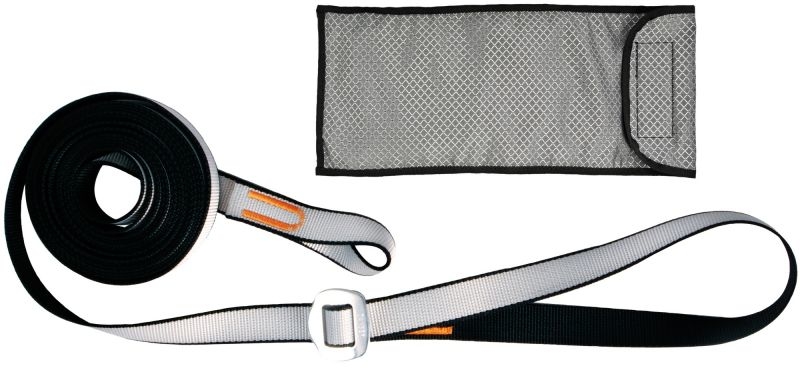 Today's tires are high-tech parts that use about 200 different materials, such as viscose and steel. However, they are very sensitive to use in violation of the operating instructions. So how do you use them to enjoy their effectiveness for as long as possible?
Today's tires are high-tech parts that use about 200 different materials, such as viscose and steel. However, they are very sensitive to use in violation of the operating instructions. So how do you use them to enjoy their effectiveness for as long as possible?
1. When to switch to winter and when to summer?
Every year the scenario is almost always the same - the first snowfall causes an immediate queue of vulcanizers. A few months later, as the white powder turns into puddles, the drivers again storm the tire change factories. However, remember that you should not focus solely on the presence or absence of snow.
The key issue is air temperature. When switching to winter tires, wait until the temperature drops below 7 degrees Celsius permanently. That's when you should put on winter tires. Even though there is no snow on the streets. Don't worry, if the air temperature rises to, for example, 10 or even 15 degrees for a few days, the level of driving safety on a winter tire will not decrease.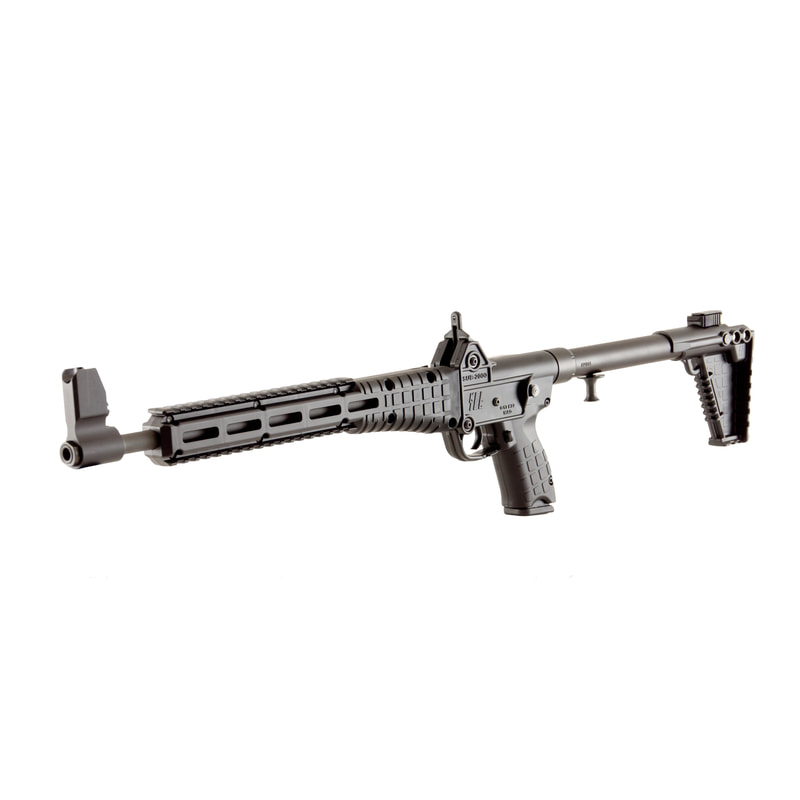
You also don't have to worry about faster tire wear. Driving on winter tires at temperatures up to about 15 degrees Celsius has minimal effect on shortening their life. Especially during the transition period, that is, in late autumn and early spring, when temperature fluctuations are frequent.
What about summer tires? As with winter tires, they should only be worn when the outside temperature is above 7 degrees. However, it is better not to rush into such a decision. In recent years, there have been many times when, after a few warm days, the weather changed and snow fell again, and the temperature dropped below 0.
2. How to store?
After you have changed tires to summer or winter, you need to store the second set somewhere. This "somewhere" is very important. It is best to store them in a dry room with a constant temperature (10 to 20 degrees Celsius). Also avoid direct sunlight on the tires. Therefore, it is not recommended to use damp basements and balconies.
Tires should also not be placed near heat sources such as heaters or stoves. Also make sure they are not directly on cold concrete, but on insulated ground.
Contrary to appearance, how they are arranged is very important. If you're only storing tires, they should be upright and worth turning over from time to time. Do not hang them on hooks or fold them. Otherwise, they may be deformed and, in extreme cases, are not suitable for further driving.
The exception is when you store a complete set of wheels, i.e. tires already mounted on rims. Here it is allowed to stack them on top of each other, as well as the use of special handles or hooks. A special rack for storing them is a good solution. Passenger car wheels should be kept inflated at a higher pressure than they are used in the season (about 3-3.2 bar), which will prevent their deformation.
3. What pressure?
There is no definite answer to this question, since the manufacturer recommends individual pressure values \u200b\u200bfor each machine. Information about this can be found, for example, under the fuel tank cap or in the owner's manual. It is recommended to check them on average twice a month. Few people also do not forget to adjust the pressure depending on the load of the car.
Information about this can be found, for example, under the fuel tank cap or in the owner's manual. It is recommended to check them on average twice a month. Few people also do not forget to adjust the pressure depending on the load of the car.
Correct tire pressure means, above all, greater safety. For example, a car with too low tire pressure has a longer braking distance, up to 4-5 meters from the same car with tires inflated according to the manufacturer's recommendations. Those few meters could save your life.
In addition, driving with too low tire pressure reduces tire life and increases fuel consumption. Are you worried about the correct tire pressure? You are putting yourself and others at risk and risking your wallet.
4. Check tire wear
You don't need to be an expert to do this. The tread of summer or winter tires has various types of grooves, mainly used to drain water. There are small protrusions on their bottom. These are called wear markers.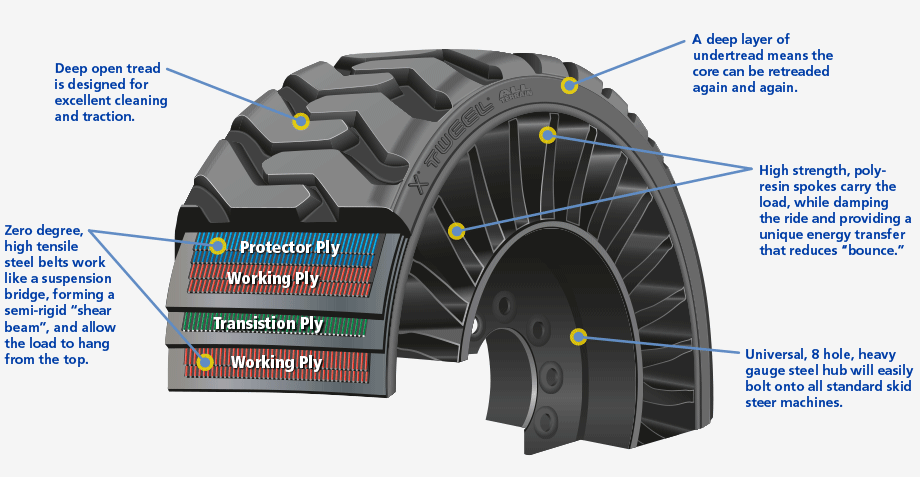 If the tread surface is at the level of the mark, the tire is no longer suitable for riding. According to the provisions of the Rules of the Road, the tread depth must be at least 1.6 mm. However, already by 4 mm, such tires have much worse grip on wet surfaces. Therefore, do not wait until the tires are completely worn out.
If the tread surface is at the level of the mark, the tire is no longer suitable for riding. According to the provisions of the Rules of the Road, the tread depth must be at least 1.6 mm. However, already by 4 mm, such tires have much worse grip on wet surfaces. Therefore, do not wait until the tires are completely worn out.
But wear and tear from driving is one thing. Tire age is also a separate issue. Tires are not food and do not have a specific expiration date. Nevertheless, manufacturers recommend not using tires older than 6-7 years. Under the influence of weather conditions, rubber hardens and rubs, losing its properties over time.
5. New or used?
This is a question many drivers ask themselves. It is much safer to buy new tires that are covered by the manufacturer's warranty. Unfortunately, this is also quite a big expense.
Meanwhile, the prices for "stimulants" please. You can often buy four tires for the price of one new one. However, you should be aware that such a trade is always risky. Treat buying used tires as a last resort and check them carefully before making a decision.
Treat buying used tires as a last resort and check them carefully before making a decision.
6. Or maybe restored?
Another way to save money is to buy retreaded tires. Simply put, the process is to remove the old protector and stick a new one in its place. There are companies that are engaged in the production of remanufactured tires. The cost of a set of such tires is much lower than in the case of new tires.
Although they look like new, they really aren't. Even though retread manufacturers are very concerned about the condition of the tires used in production, they cannot catch all the flaws. Thus, there is a risk, for example, that such a tire breaks. As with used tires, it's best to consider this purchase as a last resort.
7. What size?
Once you've made the decision to buy a new set of tires, you need to choose the right size. So, S, M, L or XL? No, experience in clothing stores is useless here. Approximate tire size - 195/65/15. But what does all this mean?
But what does all this mean?
It is best to buy tires in the size that the manufacturer has provided for your car. However, certain exceptions are allowed. Tuners can opt for a lower but wider tire. This will definitely improve the visual effect. However, it should be remembered that the lower the tire, the stiffer it is, and also reduces driving comfort. It is important to observe the tolerance on the total circumference of the wheel, which is +/- 2%. For example, instead of 185/60/15 tires, you can use 19 tires5/55/15 (approximately 1.3% smaller diameter).
8. Speed and load indices
The speed index is nothing more than information about the maximum speed at which we can drive on a particular tire.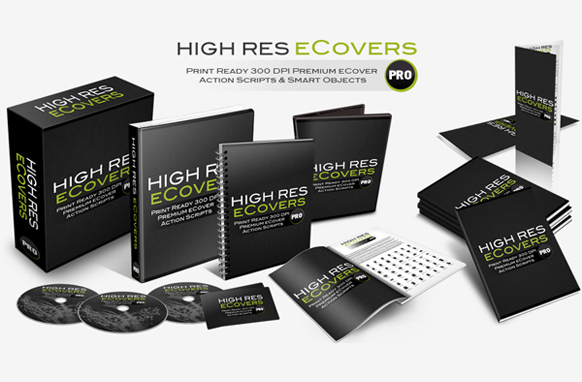 Driving at higher speeds can damage the tire and result in an accident. This index can be found on the tire sidewall next to the size. Letters of the alphabet are assigned individual speeds.
Driving at higher speeds can damage the tire and result in an accident. This index can be found on the tire sidewall next to the size. Letters of the alphabet are assigned individual speeds.
In turn, the bearing capacity index is the maximum load that the tire can withstand. It is also located on the sidewall of the tire, but is marked with two or three numbers. You don't know which load index to choose for your car? Let's say you are interested in a tire with index 91 (load capacity 615 kg). Multiply this by the number of wheels in the car (not counting spares). The resulting value (2460 kg) must exceed the maximum gross weight of your vehicle. Do you know how much it costs? Check the registration certificate, field F1.
9. Tire stickers
Since 2014, every new tire sold in the European Union must have the appropriate label. Similar ones are used in RTV/household appliances. Thanks to them you can learn about:
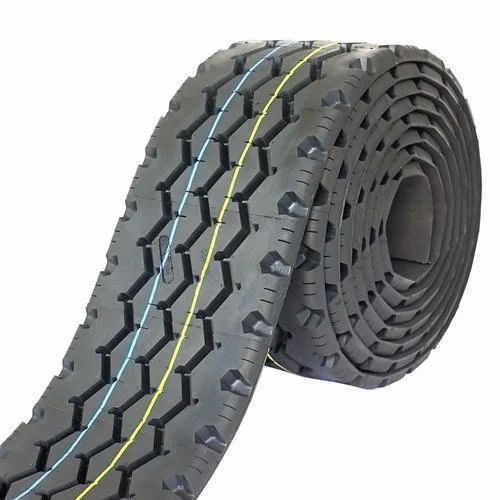
In the first two cases, the tires were divided into AG classes. The best parameters are marked with the letter "A", and the worst - with the letter "G". In turn, the noise is expressed in decibels, the lower the value, the quieter the tire.
10. Driving with flat tires or wheels
A flat tire while driving, especially if you are going on vacation with your family, can cause a lot of problems. Usually the trunk is loaded with suitcases up to the ceiling, and the spare tire is only at its bottom. However, there are tires that, despite a puncture, cannot be replaced with spare ones.
These are flat tires. Such tires are distinguished by the fact that they remain rigid even when air is released from them. They have stiffer sidewalls, which makes riding on such tires less comfortable. However, in the event of a puncture, they allow you to continue driving at speeds up to 80 km / h for a distance of up to 80 kilometers (depending on the tire model).